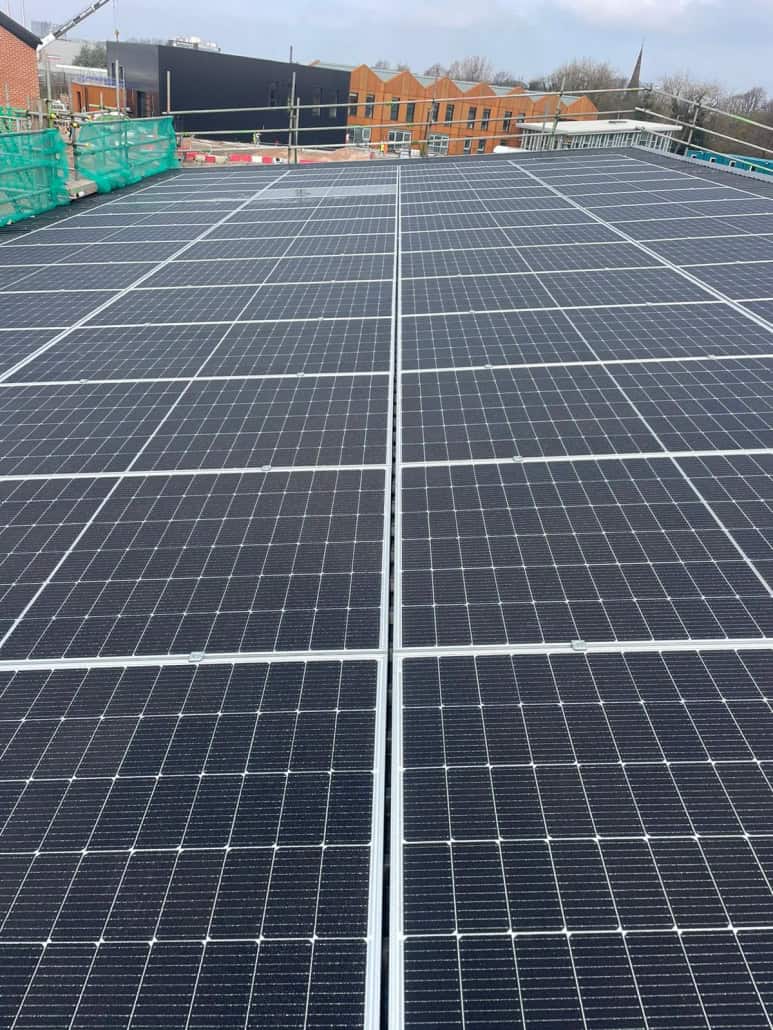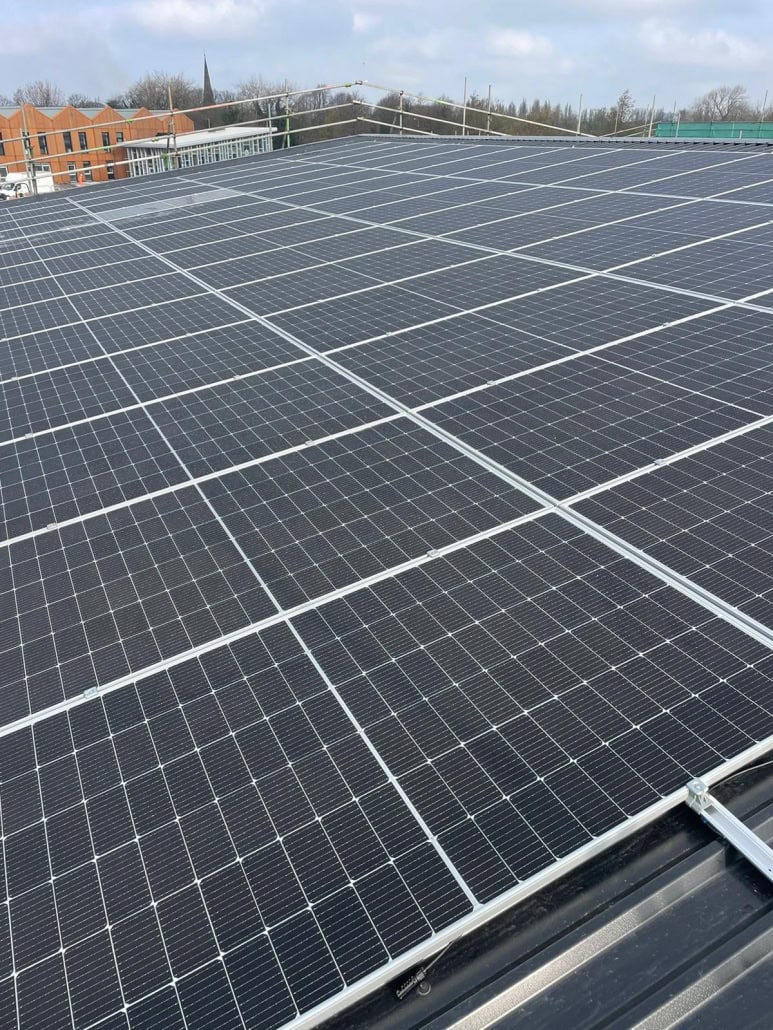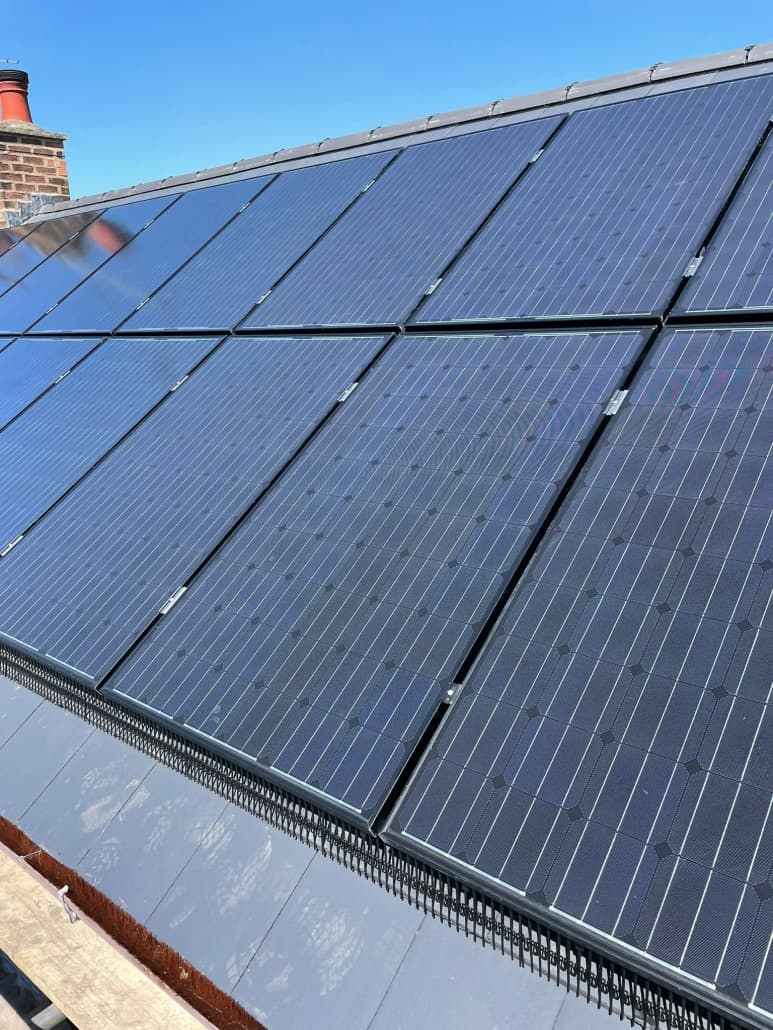Solar panel monitoring software is an essential tool for keeping track of your energy production and savings. By monitoring your solar panels, you can ensure that they are operating at peak efficiency and generating the most energy possible. In addition, monitoring software can help you track your energy savings over time, giving you a clear picture of the return on your investment in solar energy. There are many different types of solar panel monitoring software available on the market, each with its own features and capabilities. Some software allows you to track your energy production in real-time, while others provide detailed reports on your energy usage and savings over time. Some software even allows you to remotely monitor and adjust your solar panel system from anywhere in the world. So how can you make the most of your solar panel monitoring software? Here are a few tips to help you keep track of your energy production and savings:
- Set up alerts: Many solar panel monitoring software programs allow you to set up alerts for things like low energy production or system malfunctions. By setting up alerts, you can be notified immediately if there is a problem with your solar panel system, allowing you to address it quickly and minimise downtime.
- Monitor your energy production: Regularly check your solar panel monitoring software to track your energy production over time. By monitoring your energy production, you can identify any trends or patterns that may indicate issues with your system. You can also track your energy savings to see how much money you are saving by using solar energy.
- Analyse your data: Take the time to analyse your energy production and savings data to identify areas where you can improve efficiency or save even more money. By analysing your data, you can make informed decisions about ways to optimise your solar panel system and maximise your energy savings.
- Stay informed: Keep up to date on the latest developments in solar panel technology and monitoring software. New features and updates are constantly being released, so make sure you take advantage of these advancements to get the most out of your solar panel monitoring software.
Solar panel monitoring software is an invaluable tool for keeping track of your energy production and savings. By using monitoring software effectively, you can ensure that your solar panel system is operating at peak efficiency and generating the most energy possible. With regular monitoring and analysis of your data, you can maximise your energy savings and make the most of your investment in solar energy.
















